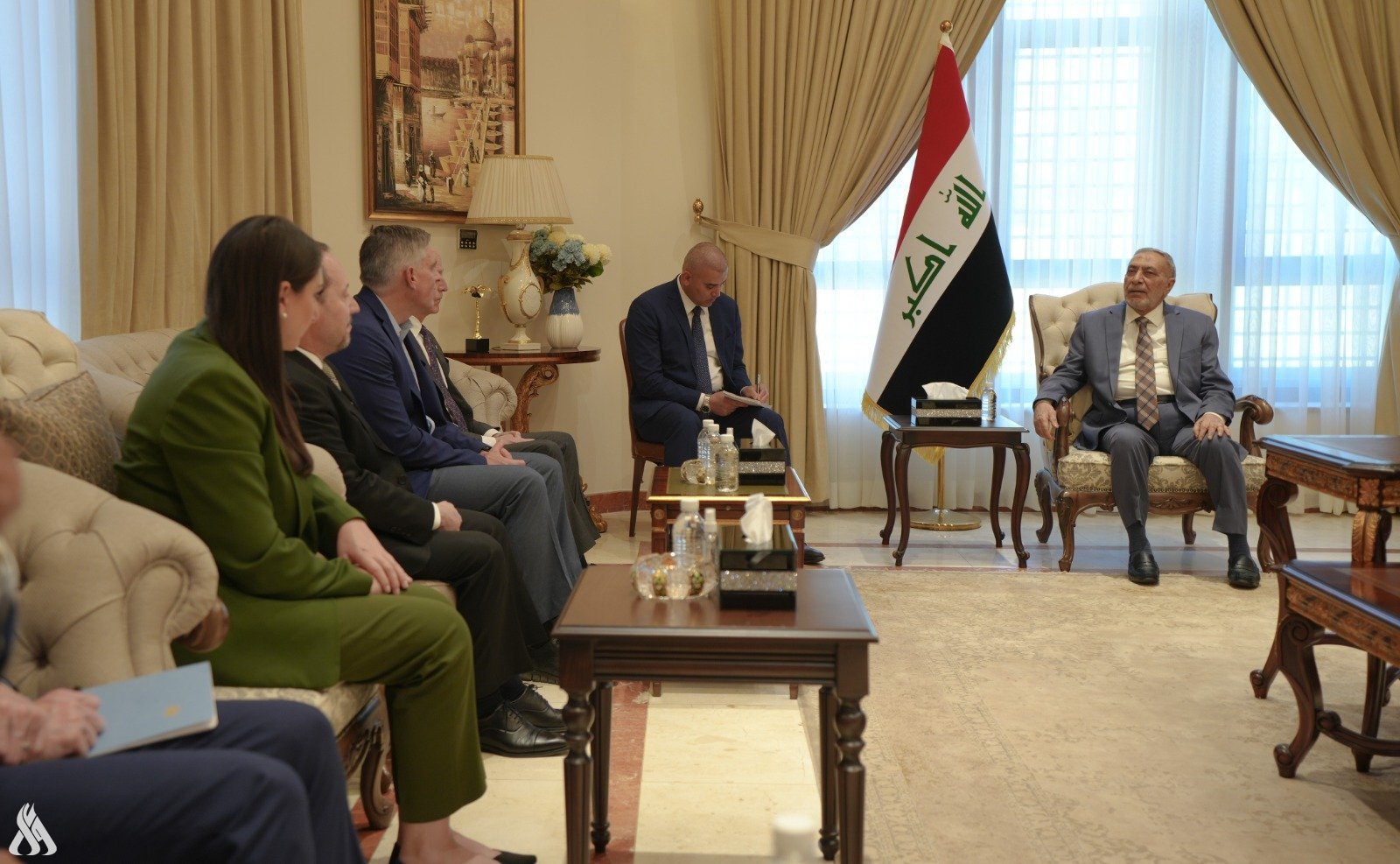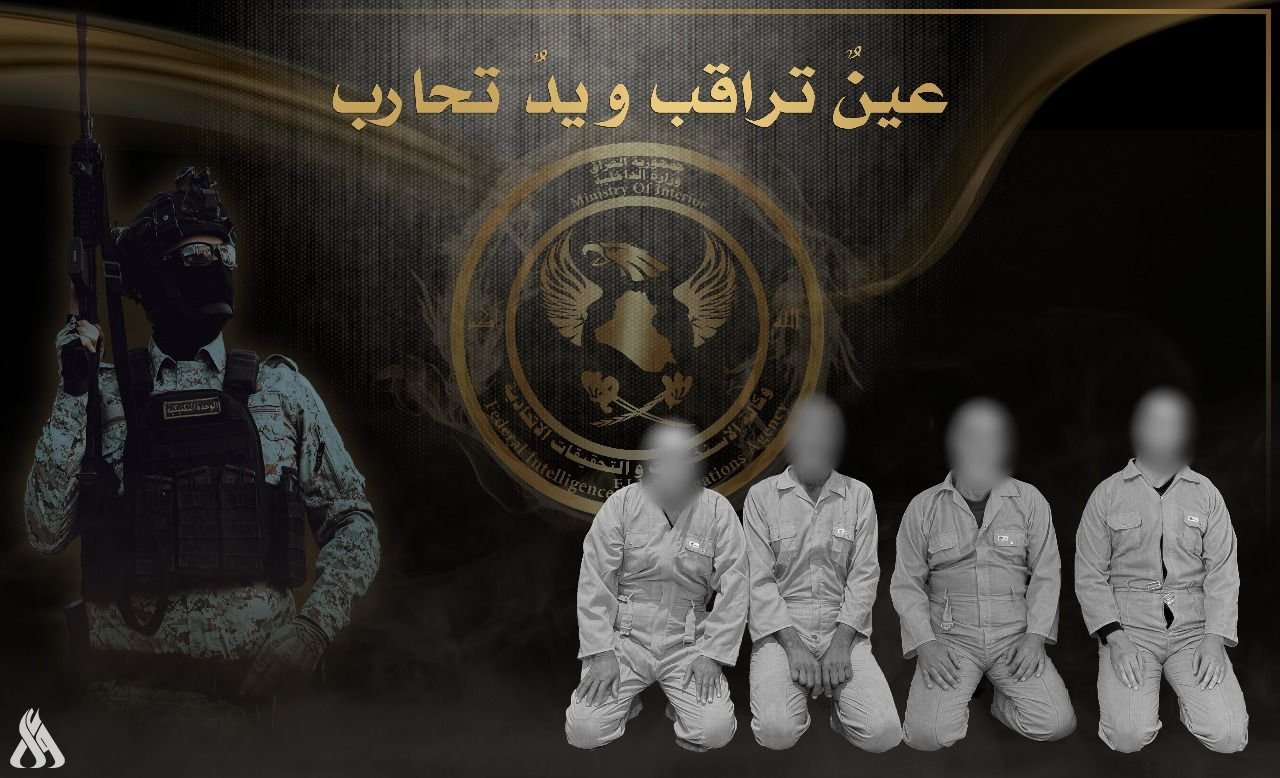Who are we?
Iraqi News Agency (INA)
Incorporation
The Iraqi News Agency (INA) is the first news agency in Iraq, and the second to be launched in the region after the Egyptian Middle East News Agency. The agency was established during the era of former President Abdel Karim Qassem in March of 1959 as an official news agency. Including Mohsen Hussein, Hamid Rashid and Ahmed Qattan.
Agency Law No. 158 was issued in 1959, and after this law was published in the Official Gazette on October 6 of the same year, the first printed newsletter bearing the name of the Agency was launched on November 9, 1959.
Nine months before that date, specifically in the first days of March 1959, two journalists who were working for Al-Bilad newspaper, Mohsen Hussein and Hamid Rasheed, were summoned to meet the director of the station at that time (Salim Al-Fakhry), and he informed them that the government decided to establish an official news agency similar to the Egyptian Middle East News Agency, and that they were chosen to create a nucleus for this agency and that it will be linked to the radio until the necessary legal procedures are completed to establish the agency.
The agency started its work in a room located on the right side of the radio entrance in the Salhiya area in central Baghdad, in the name of (the Liaison Office), and the work was initially daily rounds for ministries and organizations to collect news and return to the radio at noon for editing, printing and reproduction. A copy was delivered to the broadcasters for broadcasting and distribution. The rest is on local newspapers for publication the next day. Ministry statements and official statements from ministers were received to the office for inclusion in the bulletin, as well as cabinet statements and interviews with senior officials. The bulletin of the Liaison Office continued to be issued regularly for nearly nine months.
On the sixth of October 1959 the agency law and its system were issued in the official gazette, and (Ahmed Qattan) was appointed as the first director general of the Iraqi News Agency (INA), and the Minister of Information (Dr. Faisal Al-Samer) made a great effort in establishing the agency and issuing its law.
A large shift
In those days, a decision was issued by the Council of Ministers, which is considered one of the most dangerous decisions regarding the Iraqi media, and it is the decision of centralization of news, meaning that all news, regardless of its source, is confined to the Iraqi News Agency, and in implementation of this decision, three sections of the radio were transferred to the agency with all its employees and workers And others, namely the Liaison Office, the External News Section, and the Listening Department.
As for the newspapers, this decision also affected them, as newspapers were private, concerned with profit and reducing expenses, and when the agency started its work and newspapers found that they receive free news, newspapers no longer need as many delegates as the situation before the agency, then this news received from the agency It is official news whose publication does not need to obtain the approval of censorship, and thus the owners of newspapers have got rid of the scrutiny that they were suffering from censorship, and since that time there has become reliance on news of the agency only and there is no longer competition between newspapers for news unique to this or that newspaper, and of course There was no competition to motivate newspaper representatives and encourage them to scoop on or publish news that distinguished this newspaper from that. And for many years, and for this reason alone, newspapers became one copy, similar in news and formulas.
Challenges
At the beginning of its work, the agency faced the problem of choosing journalists who would work as delegates and editors, so there were two options before it, either appointing employees from the press or appointing new young men who would be newly trained, and it was agreed to adopt the second option so that the problems of the prevailing media at that time would not be conveyed to the agency. This was necessary in order to establish correct and modern journalistic work traditions among the employees of the Iraqi News Agency, instead of the old work customs and traditions that prevailed in the press at the time.
The administration was keen to observe professional specifications in appointing employees, and applicants were subject to interviews and tests in Arabic language, journalistic writing and public relations.
The agency’s work developed and it was equipped with modern equipment and a number of engineers and technicians were appointed, some of them continued to work in the agency until it was closed by a decision of the American ruler after the dictatorial rule was overthrown in 2003.
As for the general directors who took over the administration of the agency, they are according to their chronology: Ahmed Qattan, Shazel Taqah, Brigadier General Yahya Al-Khatib, Brigadier Duraid Al-Damluji, Ahmed Fawzi Abdul-Jabbar, Medhat Al-Jader, Amer Al-Samarrai, Bahjat Shaker, Taha Al-Basri, Manaf Al-Yassin, Taha Al-Basri again. Hussain al-Samarrai is the agency, Saad al-Bazzaz, Adnan al-Jubouri, Uday al-Tai, Ahmed Sakran, and the last of them, “Ahmed Naim al-Taie,” Ahmed al-Obaidi, Sattar al-Ardawi, who took over its management after its re-launch in 2017.
Symbol (INA)
The first press release published in 1959 in the name of the Iraqi News Agency was not bearing the symbol (INA), because there is a British agency called the Arab News Agency that was publishing its news in the name of , which goes back to the Arab newspapers issued in the fifties, and their news bore the symbol (INA), and this agency is a branch of the British (Reuters) news agency, just like the Near East Radio, which broadcasts its programs from Nicosia, and it is also a branch of the British Broadcasting Corporation.
From 1959 until 1963, contacts took place with the British Agency to explain Iraq's eligibility with this symbol, as several meetings took place with its General Manager (Tom Little), a British fluent in the Arabic language, to persuade him to abandon this symbol.
In late 1963, when (Shazel Taqah) was Director General of the Iraqi News Agency, a (INA) dream was fulfilled. Tom Little came to Baghdad and held talks with him at the agency’s headquarters in Salhiya and at the Ambassador Hotel located on Abu Nawas Street. Let “his agency’s willingness to give up the symbol (INA), and that his agency will change its name accordingly
Duhok of Iraq and Qadsia of Kuwait match kicks off
- Sport
- 25/04/15
Four Daesh terrorists detained in Salahuddin
- Security
- 25/04/14
Two ISIS hideouts destroyed, killing those inside in Salah al-Din
- Security
- 25/04/13
Date Set for 'El Clasico' Final of the Copa del Rey
- Sport
- 25/04/12









